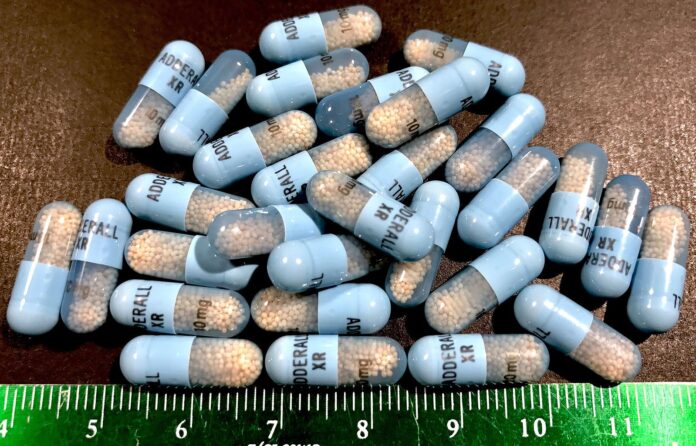For almost a year, the United States has been facing a severe shortage of medications for attention-deficit/hyperactivity disorder (ADHD). This crisis has left millions of individuals, both children and adults, struggling to access the medicines they rely on to manage their condition effectively. The shortage has created significant challenges for patients, healthcare providers, and pharmaceutical companies, with no immediate resolution.
The root cause of this shortage is a complex interplay between federal agencies and drug manufacturers, each pointing fingers at the other. The Drug Enforcement Administration (DEA), responsible for regulating the production of ADHD medications due to their classification as Schedule 2 controlled substances, insists that pharmaceutical companies have ample raw materials to manufacture these medications. Conversely, drugmakers argue that they have exhausted their ingredient supply and need the DEA’s permission to obtain more.
The consequences of this standoff are dire. Empty pharmacy shelves and long waiting lists have become the norm, making it increasingly challenging for patients to access essential medications like Adderall and its generic counterparts. The shortage has had a domino effect, impacting various formulations of methylphenidate (such as Ritalin and Concerta), Focalin, Vyvanse, and their generic equivalents.
With experts warning that these shortages might persist well into the year’s end, the situation is increasingly alarming. As children return to school, the demand for ADHD medications is expected to surge, exacerbating the crisis. This back-to-school rush typically leads to an uptick in prescriptions for ADHD drugs, further straining an already fragile supply chain.
While some generic versions of Vyvanse have been approved by the FDA recently, it remains uncertain how this will impact the overall situation. Transparency within the pharmaceutical industry is limited, making it challenging to predict when the shortages will abate. This uncertainty is especially concerning as it coincides with the beginning of the school year when the demand for these medications traditionally surges.
ADHD is a prevalent condition in the United States, with millions of children and adults diagnosed. The shortage affects those already diagnosed and may hinder individuals seeking diagnosis and treatment. This crisis highlights the need for a comprehensive approach to address ADHD, from diagnosis to treatment, while ensuring a steady and reliable supply of medications.
Image is licensed under the Creative Commons Attribution 4.0 International license and was created by Benjamin Vincent Kasapoglu.







